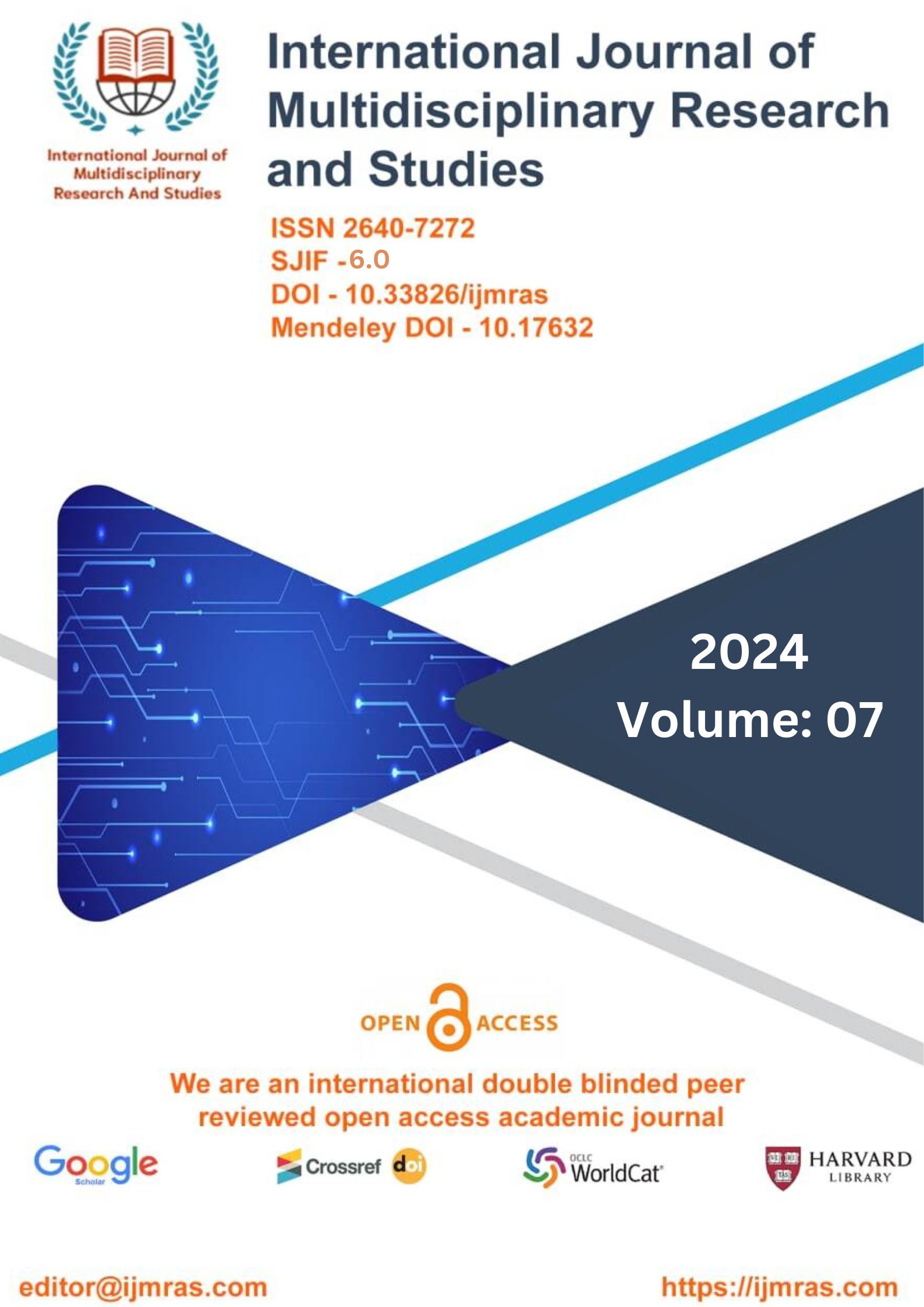A Chinese-Based Research on Liquid Biofuels for Transportation and The Implications of Transportation for Sustainable Energy

Abstract
Developing "The main purpose of biofuels projects is to develop and manufacture sustainable biofuels. This notion is the standard by which we evaluate problems in society, the economy, and the environment. Sustainability in energy provision involves meeting the needs of the present generation without jeopardising the ability of subsequent generations to do the same. Traditional wisdom holds that biofuels and other forms of renewable energy are the way of the future "sustainable means of producing energy.
One possible "sustainability in the context of the environment is the means through which greenhouse gas emissions might be reduced. If the economy can be sustained, then so can the production of biofuels for transportation. Economic and social effects of biofuel use are "addressed in this article (Fontes, 2010).
There are essentially four different "generations" of biofuel, each distinguished by the type of raw material used and production method applied.
Grow and "The initial generation of biodiesel was produced mostly from animal fats. Traditional biofuels are made from sugar, starch, vegetable oils, and "oils, or tallow and lard from animals.
For the second "production, the ingredients come from places like cellulose conversion, landfills, and agricultural and municipal trash. Waste products, cereal grains, maize stalks, tree bark, and specialised energy or biomass crops are all viable options for producing biomass. Second-generation biomass-to-liquid technologies include those that produce cellulosic biofuels from non-food crops "biofuels.
A third "During the cultivation process, a substance undergoes a transformation that is used to develop a new generation. Further research and development is required, for example, before perennial grasses, fast-growing trees, and algae may be commercialised. Energy crops get their name since their sole function is to produce energy "to power vehicles.
Those who study it ([Kupczyk, Rudnicki, & Borowski, 2011] The fourth generation of carbon "processing" involves biological systems.
Keywords
Energy Resources, Bio Fuel, Greenhouse GasHow to Cite
References
Amemiya, T. (1984). Tobit Models: A survey. Stanford, United States: Journal of Econometrics.
American Biofuels Now. (2010). Florida Biofuels - A Homegrown Revolution. United States.
Bergère, M., Kim, H., & Kyrke-Smith, H. (2009). Valuing consumer preferences for sustainable biofuels. London, United Kingdom.
Bringezu, S., Schütz, H., & O´Brien, M. (2009). Towards sustainable production and use of resources: Assessing Biofuels. United Nations Environment Programme (UNEP), Paris, France.
Capros, P., Mantzos, L., & Tasios, N. (2010). EU energy trends to 2030. European Commission Directorate-General for Energy in collaboration with Climate Action DG and Mobility and Transport DG, Belgium.
Coyle, W. (2007). The Future of Biofuels. Economic Research Service/USDA, United States.
Curtis, B. (2010). U.S. Biofuels Industry: Mind The Gap. U.S. Department of Energy, United States.
Delshad, A., Raymond, L., & Sawicki, V. (2010). Public attitudes toward political and technological options for biofuels. Energy Policy. Elsevier.
Diamantopoulos, A., Schlegelmilch, B., & Sinkovics, R. (2003). Can socio- demographics still play a role in profiling green consumers?A review of the evidence and an empirical investigation. Journal of Business Research.Elsevier.
Eurobarometer. (2007). Attitudes on issues related to EU Transport Policy.Directorate-General for Energy and Transport, European Commission.
European Commission. (1994). Biofuels: Application of Biologically derived Products as Fueals or Additives in Combustion Engines. Belgium.
European Commission. (2003). Directive 2003/30/EC of the European parliament and the Council of 8 May 2003 on the Promotion of the Use of Biofuels or other Renewable Fuels for Transport.
Javier, L. A. (2007, January 15). Chinese investments grow in the Philippines. http://www.iht.com/articles/2007/01/15/bloomberg/sxchiag.php
Jia, H. (2008, March 18). Chinese biofuel could endanger biodiversity. www.scidev.net/en/climate-change-and- energy/biofuels/news/chinese-biofuel-could-endanger-biodiversity-.html
Lohmar, B. and Gale, F. (2008, June). Who Will China Feed? USDA Economic Research Service. Amber Waves, 6 (3).
Love, G. and Cuevas-Cubria, C. (2007). Outlook for biofuels in Australia: The challenges ahead. Australian Commodities, 14(1), 212–220. www.abareconomics.com/interactive/ac_mar07/htm/a5.htm
Millbrandt, A. and Overend, R. P. (2008, May). The future of liquid biofuels for APEC economies.Report prepared for APEC Energy Working Group.
Mitchell, D. (2008). Note on Rising Food Prices. Policy Research Working Paper. Washington D.C.: The World Bank.
Navdanya. (2007, December 5). Biofuel hoax: jatropha and land grab. Press release.http://www.navdanya.org/news/5dec07.htm
National Academy of Sciences. (2007, October 10). Water implications of biofuel production in the United States. National Research Council.
Wang, G. (2006, February). Liquid biofuels for transportation: Chinese potential and implications for sustainable agriculture and energy in the 21st century. Paper funded by German Ministry for Food Agriculture and Consumer Protection (BMELV) through the German Agency for Renewable Resources (FNR).
Wang, X., Wang, T., Meyers, W. and Meyer, S. (2007, July 12–13). Biofuels in China: Market impacts, growth prospects and policy dilemmas. Paper presented to the Western Education/Extension and Research Activity (WERA)-101 Conference, Shanghai.
Weyerhaeuser, H., Tennigkeit, T., Su, Y. and Kahrl, F. (2007). Biofuels in China: An analysis of the opportunities and challenges of Jatropha curcus in south west China. World Agroforestry Centre, ICRAF Working Paper No. 53.
License
Copyright (c) 2024 YAN HAO, DR. YASMIN CHE ANI, DR MOHAMMAD NIZAMUDDIN INAMDAR

This work is licensed under a Creative Commons Attribution 4.0 International License.
Individual articles are published Open Access under the Creative Commons Licence: CC-BY 4.0.



